Forest Harvest Practices
Purpose/Function:
The Maryland Department of the Environment (MDE) and the Department of Natural Resources (DNR) have developed the Standard Sediment and Erosion Control Forest Harvest Plan (known as the Standard Plan), to ensure forest best management practices are implemented. Typical practices include: silt fences, water diverters (bars and ditches), water deflectors (rubber strips), turn ups, temporary stream crossings, haul road stabilization geotextile and wooden or rubber mats.
Initiation protocol:
When a harvest is planned on private property, owners must go to the local Soil Conservation District office to obtain the necessary information to develop the Standard Plan and to have it approved. The Standard Plan lists the general sediment control requirements for each harvest and may be obtained at any Soil Conservation District office.
Public acceptance:
The State of Maryland offers each county the ability to enforce the minimum requirements of these laws and regulations within its own county system.
Implementation Factors (level of difficulty):
Easy. Many techniques are required.
Funding Sources / Options:
Forest harvest best practices are typically born by the property owner and/or the contractor performing the work.
Costs:
Costs estimated as $ per acre of practice installed.
| Cost Estimates | EPA | Wieland | DNR | Average |
| Initial | $- | $- | $- | $- |
| Annual | $- | $29 | $45 | $14.50 |
| Lifespan (yrs) | 1 | 1 | 1 | 1 |
| Annualized | $- | $29 | $45 | $14.50 |
Note: Wieland cost is an average of the 2007 Coastal Plain and non-Coastal Plain estimates. DNR cost is the most up-to-date.
Load Reduction Efficiency:
Total Nitrogen removed per acre of practice per year
|
Low 6.97 lbs. |
Medium 8.31 lbs. |
High 26.46 lbs. |
Cost per pound removed = between $2 and $6
Total Phosphorous removed per acre of practice per year
|
Low 0.21 lbs. |
Medium 0.29 lbs. |
High 0.80 lbs. |
Cost per pound removed = between $56 and $214
Total Suspended Solids removed per acre of practice per year
|
Low 120 lbs. |
Medium 217 lbs. |
High 826 lbs. |
Cost per pound removed = between $0.05 and $ 0.38
Operation & Maintenance:
This is a onetime use practice so maintenance is not typically performed unless the practice fails while in use.
Climate Change Considerations:
N/A
Planning Questions to Consider:
Proper planning is essential to making this an effective practice, and involving a professional forester in any timber harvest is recommended. Depending on your situation, the following plans may be required: Forest Management Best Practices; Streamside Management Zone; and Critical Area Harvest Guidelines.
Technical Notes:
Maryland state law and regulations require that a sediment control plan be developed and approved before undertaking any earth-disturbing activity more than 5,000 square feet. Timber Harvest Plans are prepared by DNR foresters or consultant foresters with input from appropriate agencies and are presented to the county District Forestry Boards for approval.
Helpful Links:
- https://extension.umd.edu/woodland/your-woodland/best-management-practices
- http://dnr.maryland.gov/forests/Pages/landplanning/bmp.aspx
- http://www2.dnr.cornell.edu/ext/bmp/contents/during/dur_intro.htm
- http://www.dec.ny.gov/docs/lands_forests_pdf/dlfbmpguide.pdf
- http://dnr.maryland.gov/forests/Documents/publications/ForestHarvestOperationsManual_120715.pdf
Related Best Management Practices
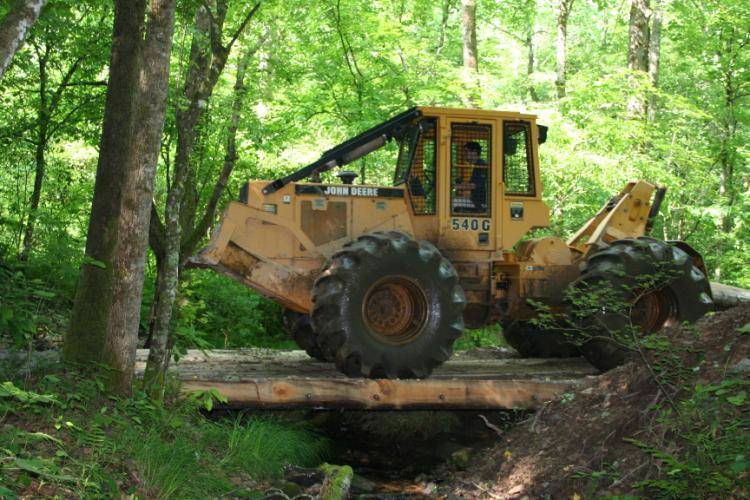
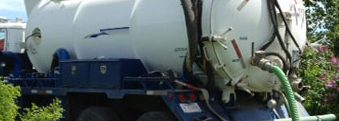


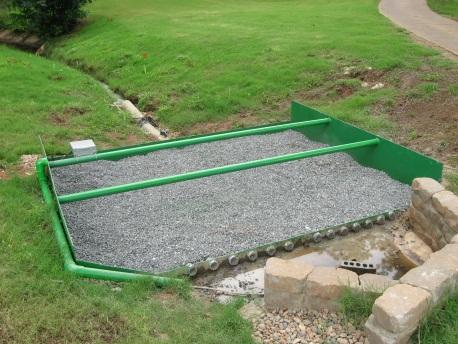
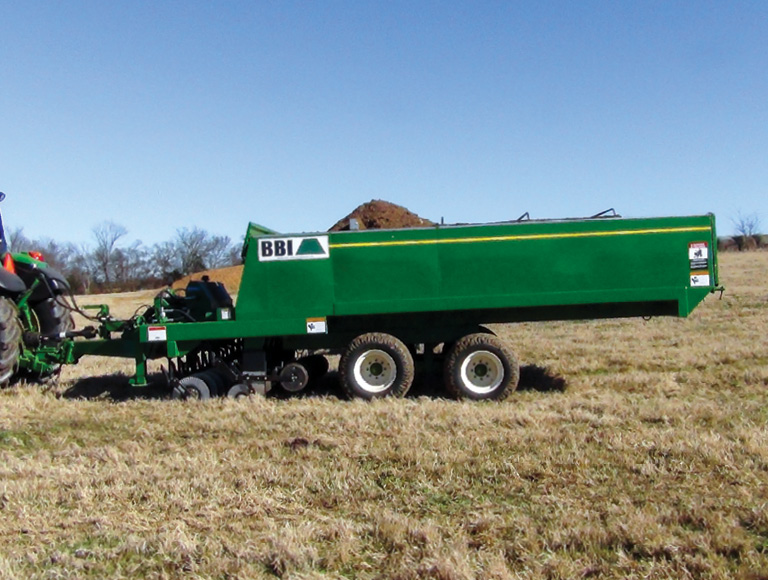
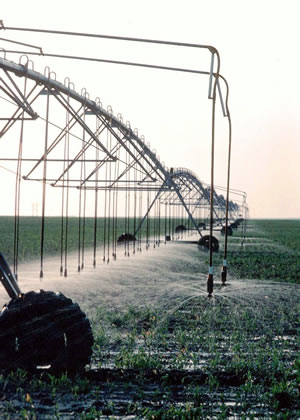
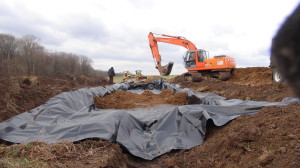
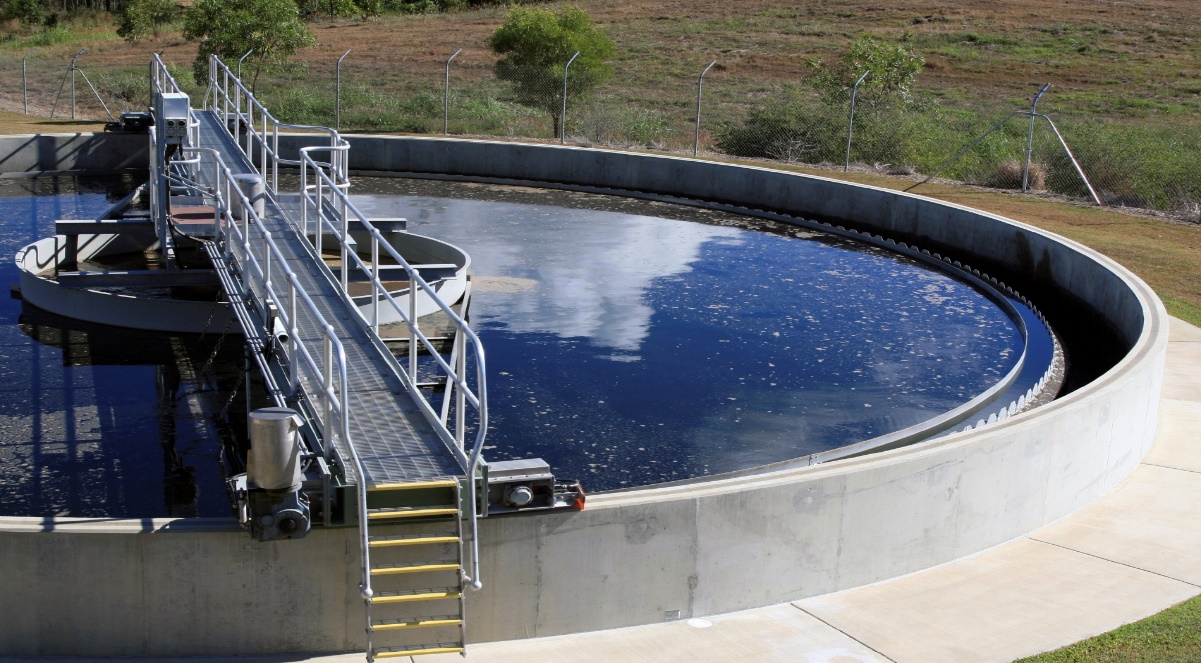


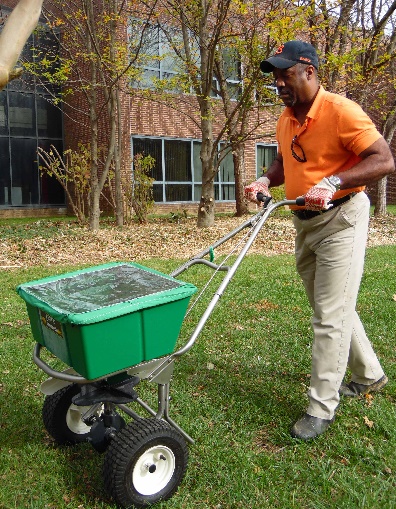

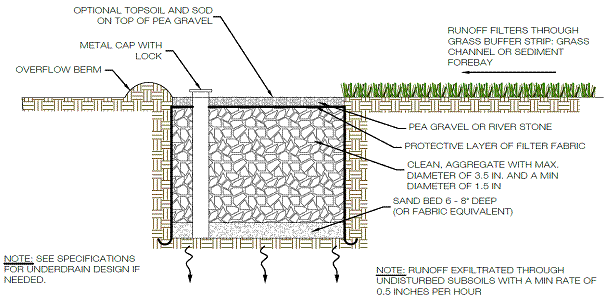
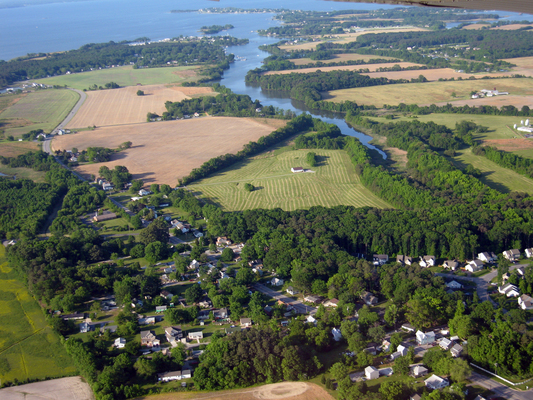
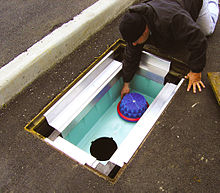
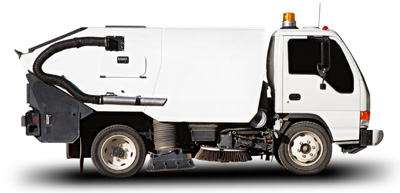
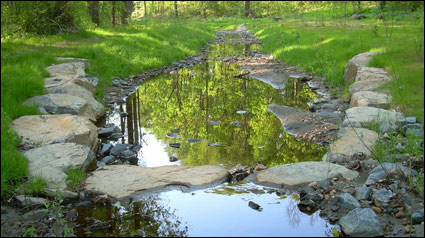
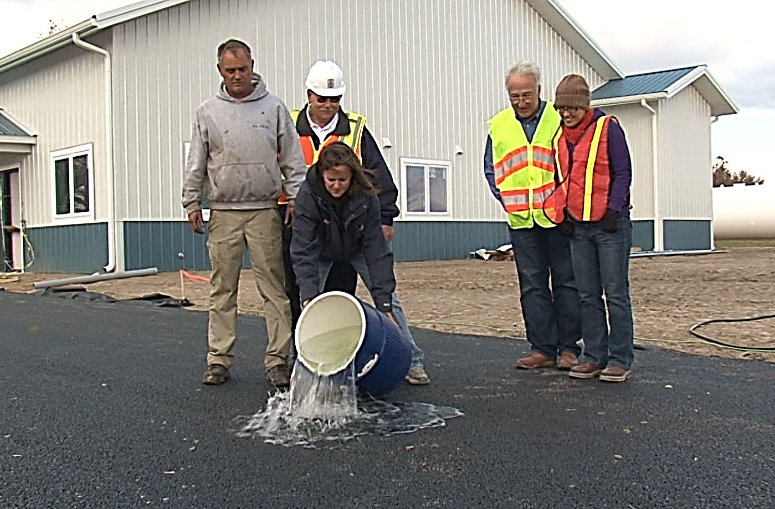
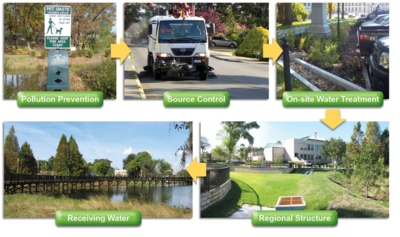
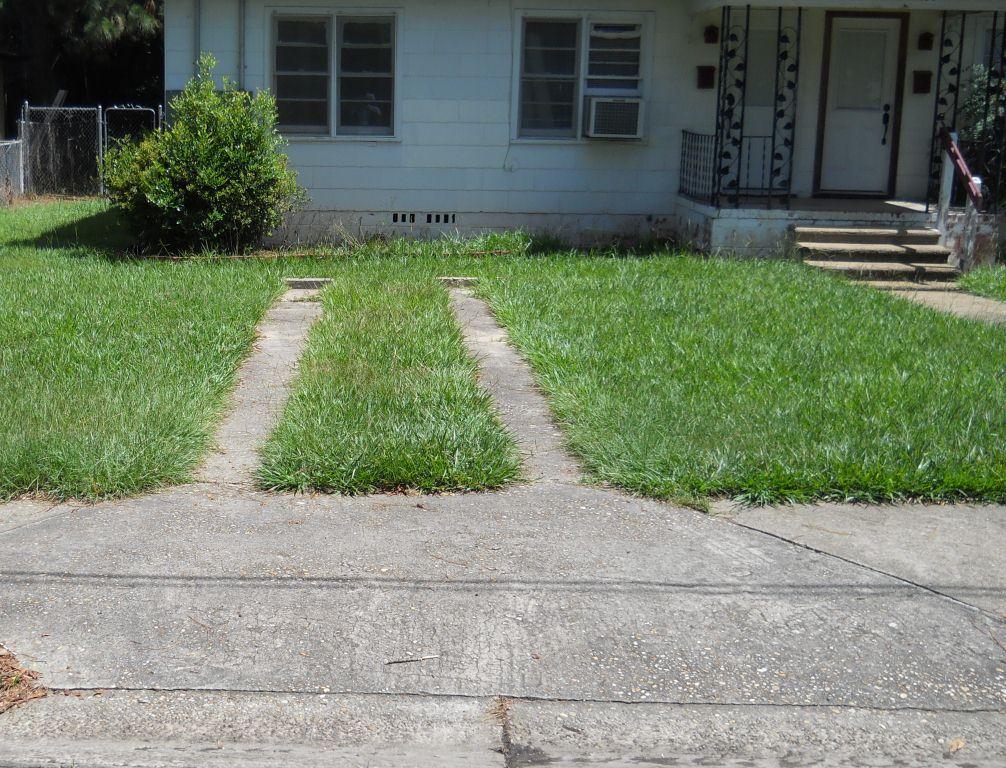
Feedback on This Best Practice